Stories
Reports, reviews, interviews, essays, and opinions about music and its connection to business and society.
5 Songs That Inspired Hugo Trist
Hugo Trist emerges with expressive beats into the field of future garage electronica. We have asked the Swiss artist to share five tracks that inspired his work.
How does futuristic nostalgia sound? What brings together the dark melancholia of the 80s and the danger of electronic experiments? The answer is called Hugo Trist.

Behind the enigmatic persona of Hugo Trist is a man who has roamed Switzerland's music scene since 1995. Urs Meyer, founding and still active member of legendary post-rock band Leech, wanders new paths with this project.
When the single Say It, Mean It dropped in March this year, I was blown away by the «nostalgia-dripping 2-step sound», which he effortlessly catapults «into a contemporary field of tension, meandering between melancholia and excitement.» And then, there are these massive, towering bass drones—shrinking your existence to a spec of dust in the back vortex of space and time.
Hugo Trist's debut EP, Understand Me Now, was released on May 10, proudly showcasing the shades within the dense sound. Collaborating with the mysterious voice of Nin Lil, the tracks gain an almost ethereal quality, a refuge for love and emotion in a cold, broken, post-modern world.
When my shelter starts to burst
And no one's left to hurt
You always seem to raise a smile
With the world at lightning speed
And time is all we need
With you, I want to rest a while
The press briefing for Hugo Trist states: «In the digital age, where everything is possible but nothing is real, Hugo Trist creates a magnetic pull for those who seek the enchanting convergence of sombre moods and electrifying rushes of euphoria.» And it is a perfect description of what to expect when diving into this world. However, I would add a fair warning: Once you are there, you won't easily escape.
But where can we find the spring of inspiration for the sound of Hugo Trist? Where are the traces in music history that we can track to better understand how Urs Meyer, playing the guitar, piano, and synthesisers for Leech, crafted the captivating compositions?
I have asked him to share five tracks that inspired Hugo Trist, and his answers mostly draw a straight line into the melancholic yet hymnic synth-driven songs of the 80s.
Ultravox – Hymn
Uplifting, captivating, powerful, and emotional. Still hits me every time I hear this masterpiece.
The Future Sound Of London – My Kingdom
I have a big love for this combination of mystic and floating sounds and groovy rhythms. I tried to copy this concept many times but never came even close…
Suicide – Surrender
Still feels like falling in love for the very first time!
Talk Talk – Such A Shame
I have no words for it, really. All of Talk Talk’s music touches me deeply, and this one in particular.
New Order – True Faith
The first time I heard this song was in my teenage years when I was riding bumper cars with someone I had a crush on. It has been part of my life since then.
The Beauty of Gemina Retrospective III: Stripped
Ahead of their 10th studio album, «Songs of Homecoming», we explore The Beauty of Gemina’s history, development, and sound in a three-part retrospective.
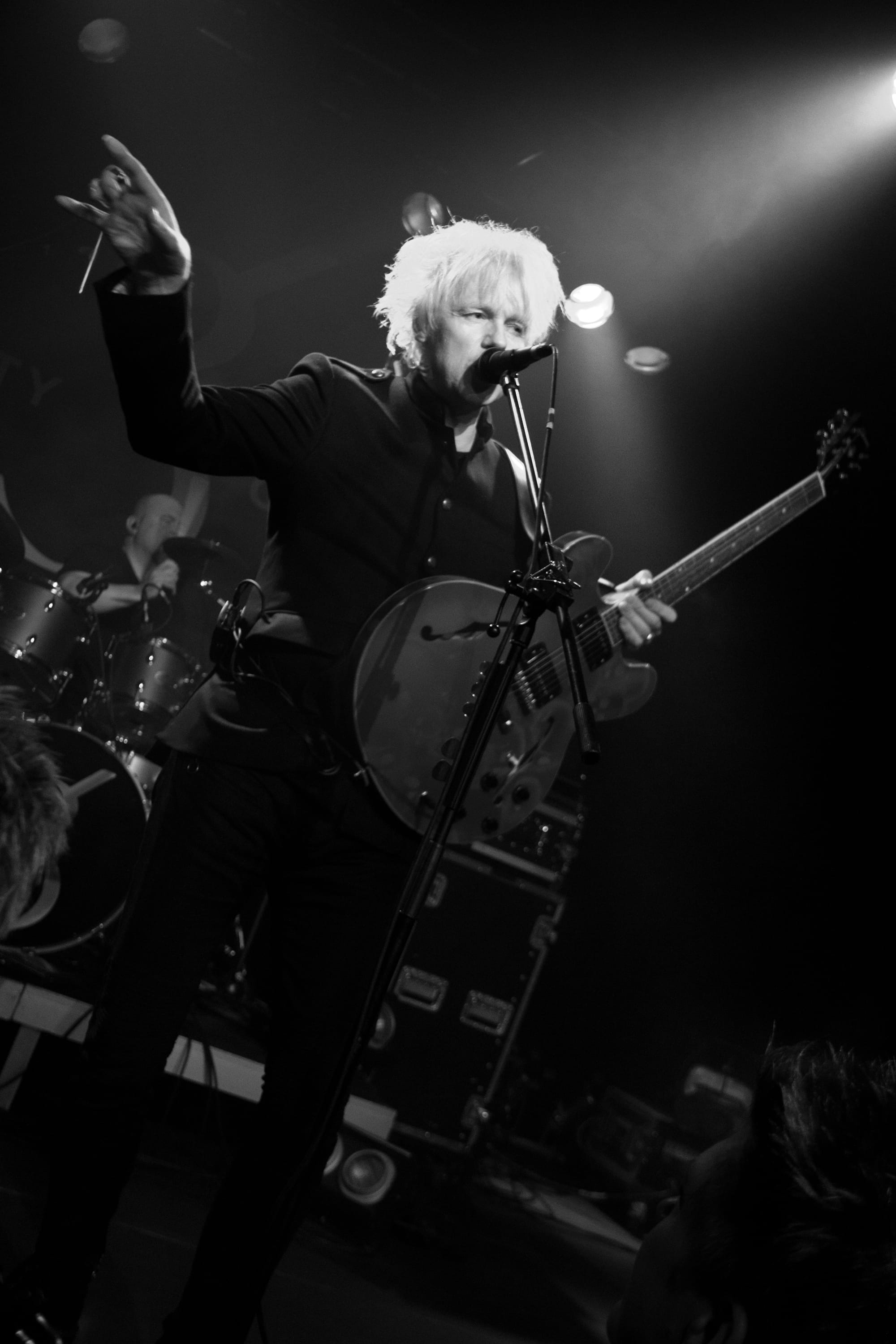
I′m standing at the crossroads
There are many roads to take
But I stand here so silently
For fear of a mistake
One path leads to paradise
One path leads to pain
One path leads to freedom
They all look the same.
The Swiss band The Beauty of Gemina is about to release their 10th album, Songs of Homecoming. Before the record’s arrival, I listened to the previous albums again, revising firmly held opinions and sharing past experiences with the band.
For this retrospective series, I went through old backup drives and folders and recovered some material that is no longer available online or has never been published. Today, the third and final part is available.
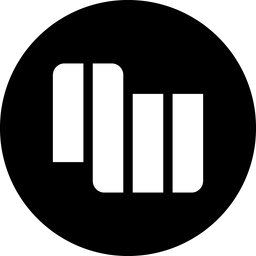 Negative WhiteJanosch Troehler
Negative WhiteJanosch Troehler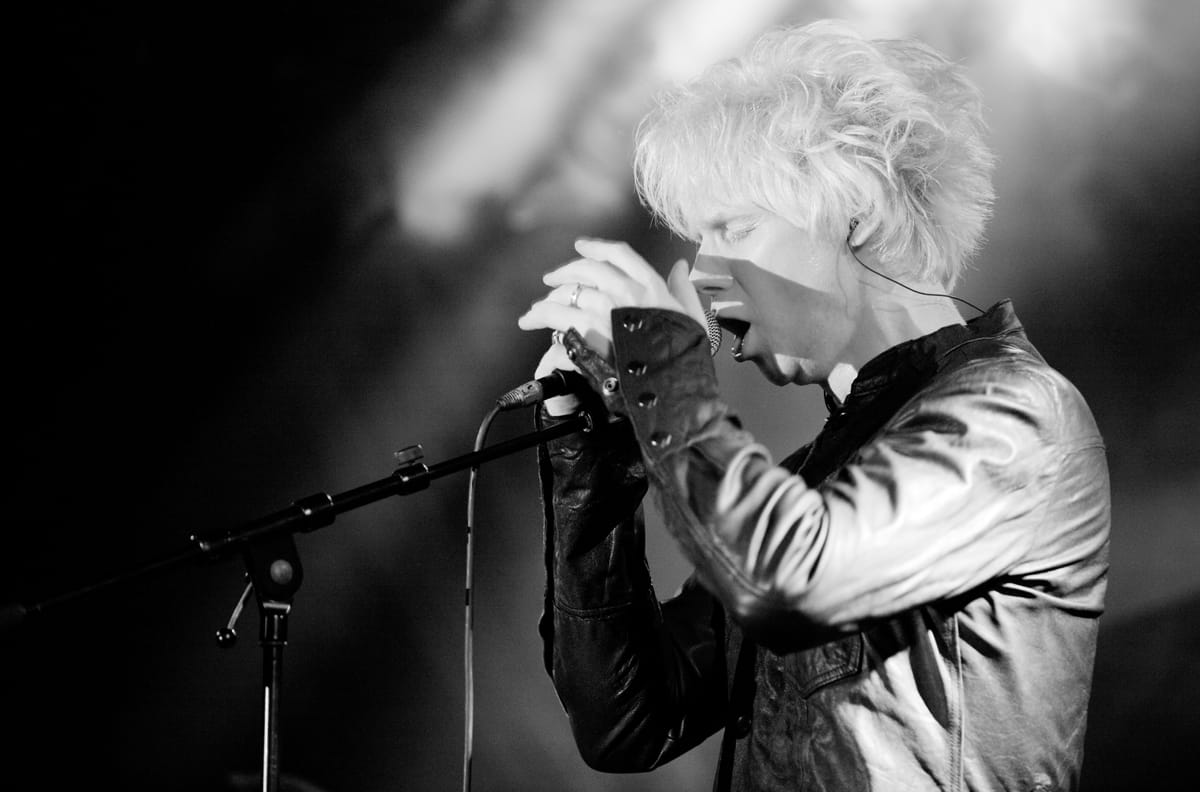
 Negative WhiteJanosch Troehler
Negative WhiteJanosch Troehler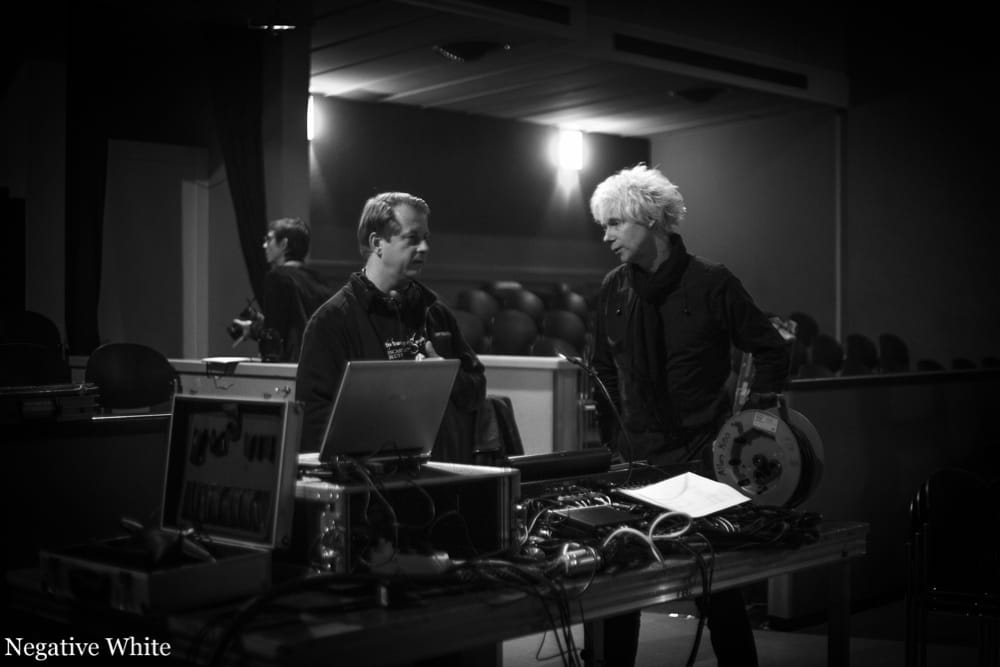
In May 2016, The Beauty of Gemina did something bold: Announcing their upcoming album, Minor Sun, the single Crossroads was released.
It was daring because it was a cover version of Calvin Russell’s 1991 song; a sure instinct is essential because cover versions are a double-edged sword. They either plunge straight into the listener’s heart—or you stumble and fall into the blade yourself.
But Crossroads’ theme perfectly represented the band’s place at that time. When the song was released, I wrote:
With Crossroads, they combine their initial impenetrability and acoustic elements with conviction for the first time. The previously simple arrangement opens up in the chorus. It explodes with an almost overwhelming force. A bud that suddenly opens and reveals its blossoming splendour. And one is so fascinated by this sight that there is no time to examine the flower closely, to study the arrangement of its leaves. Because the clouds of the verse darken the sky and the arrangement draws back into the unspectacular bud.
And I claimed that Crossroads was the «first song of the new Gemina sound.»
When Minor Sun saw the light of day in September 2016, I praised it for its «historical character.» It felt like a cross-section of the band’s work. «The songs and their elements can be read, dated and assigned to the development like tree rings. For this very reason, Minor Sun is perhaps a better reference work than the best of Anthology Vol. 1.»
The album is undoubtedly more cohesive than its predecessor, Ghost Prayers, with a well-rounded sound and experience. Objectively, Minor Sun is one of the better-crafted works by Michael Sele.
Interview with Michael Sele about Minor Sun (in German)
And yet, today, eight years later, I rarely find myself listening to Minor Sun.
Why? I don’t know. Aside from Crossroads and maybe Endless Time to See, the songs don’t provoke the same emotional response as some of the older ones.
In hindsight, I could even say that my intense relationship with the band and their music had already begun to fade into the background. I attended a couple of their concerts after Minor Sun’s release show, which was recorded both for a live album and a DVD.
The release show itself left me with an ambivalent feeling—and with backlash from the fans.
A couple of months later, I saw them again for a show that, to this day, remains my best live experience of The Beauty of Gemina:
Never before has it been so apparent that the impact stands and falls with one person: Michael Sele. He seems almost light-footed, full of energy. He lights the fire with his euphoria. This evening, Sele seemed ready for anything. As sombre, melancholic and pastoral as his demeanour may be, you can feel his joy and enthusiasm in every syllable and every note.

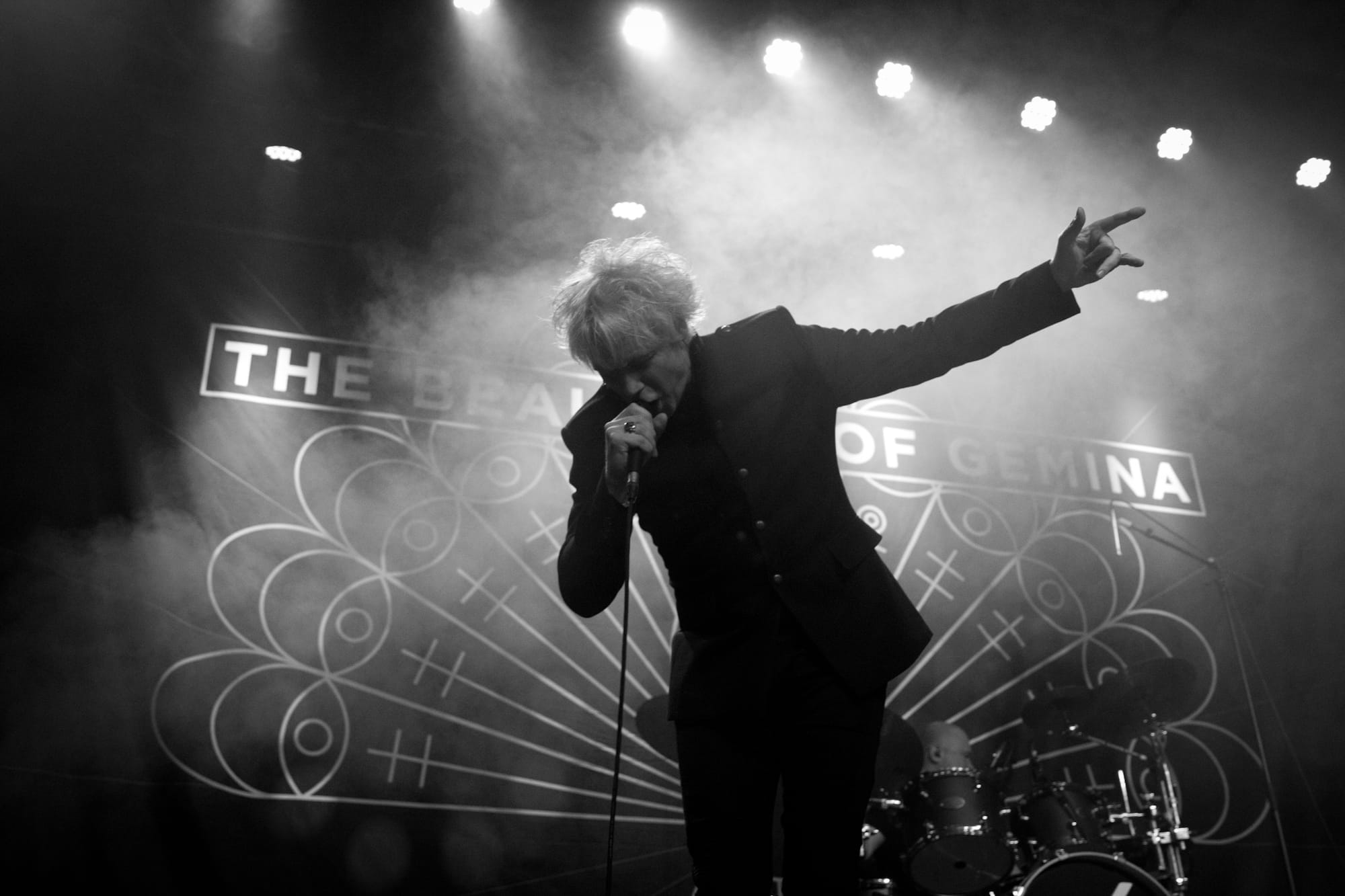
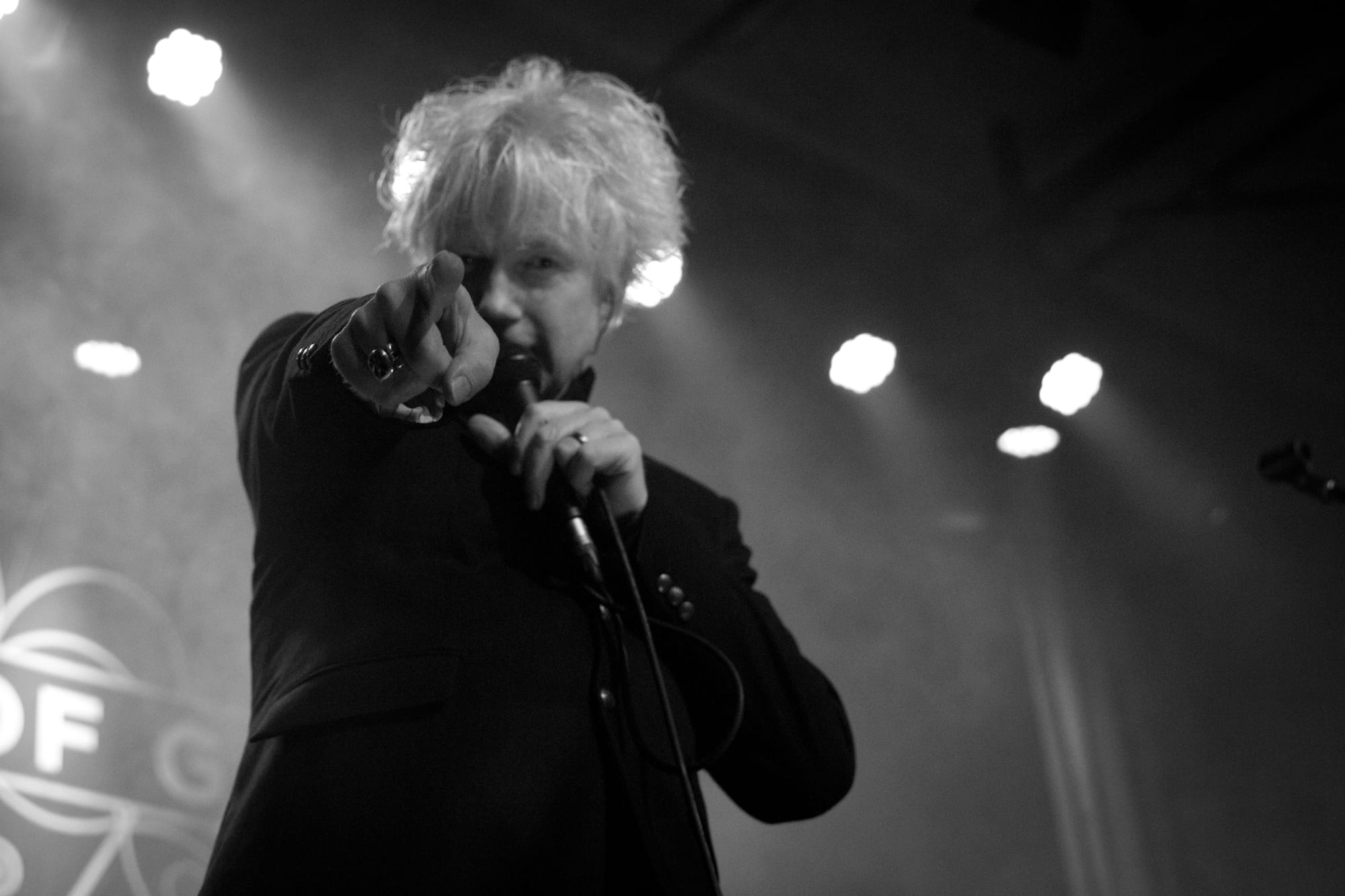


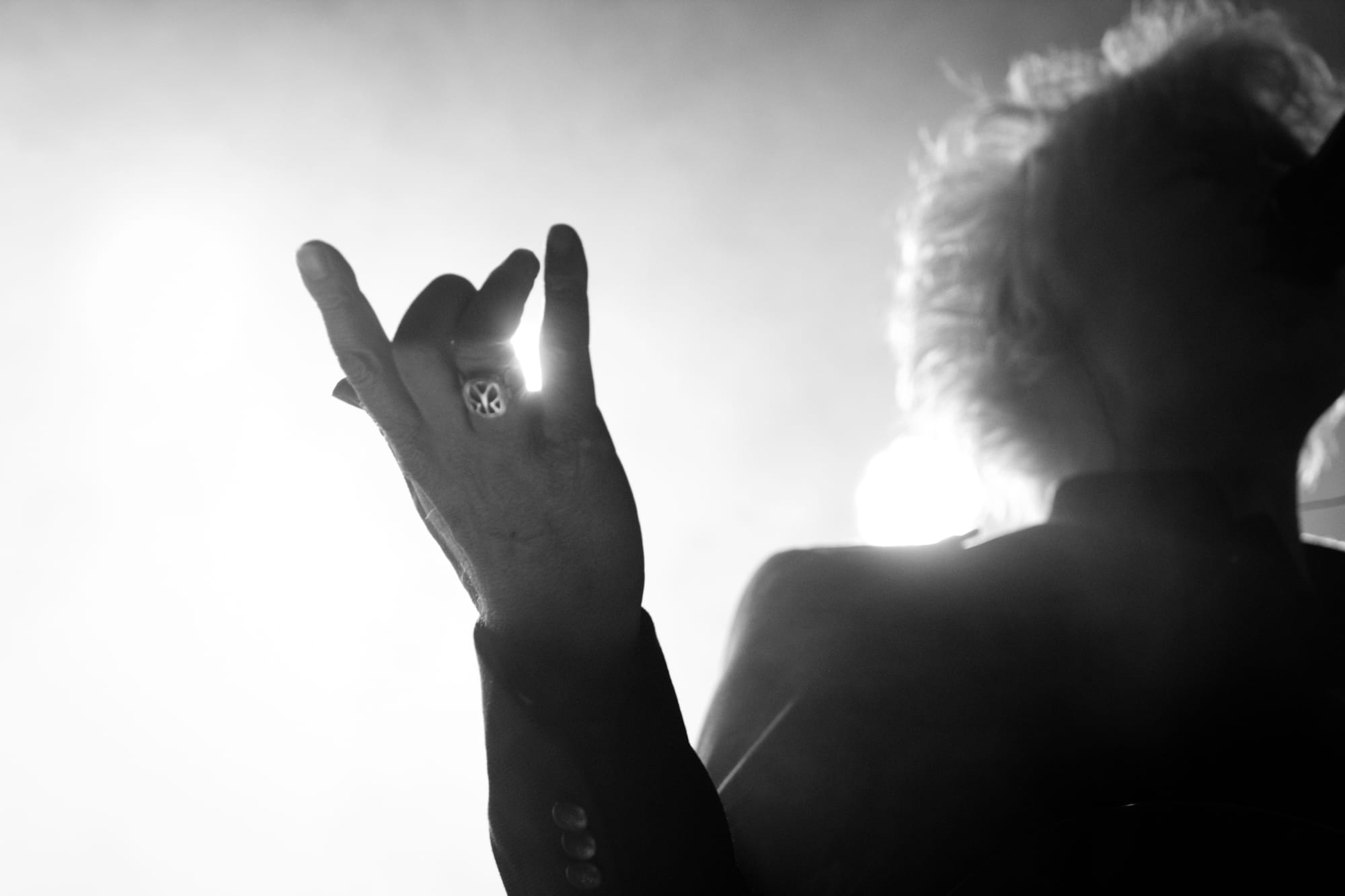
The Beauty of Gemina, live in Mels, 2017. Photos: Janosch Troehler

After the grand production of Minor Sun, the result of a meandering process, as Michael Sele explained in our video interview, he would rip the handbrake as hard as he could, perform a u-turn and go in another direction.
Enter Flying With The Owl.
The 2018 album fully leans into the acoustic side. It is a harsh contrast from Minor Sun, drawn up in only two years, but one that was inevitable, the logical consequence of their history. Therefore, the astounding thing about Flying With The Owl was not its acoustic nature but that the band had to eliminate the ballast to rediscover their sound’s ethereal essence.
At its core, the «Gemina sound» was never only about the density of the arrangements but also the unique phrasing, the repetitive lyrics, the familiar melodies, and the consistent rejection of the verse-chorus scheme.
In my original review, I wrote: «It’s finally exciting again to listen to The Beauty of Gemina. The songs are no longer so easy to guess. Instead, they are little adventures full of references to the band’s entire oeuvre. If you listen closely, you can find reminders of old sounds everywhere, without the new songs being denied originality.»
In the first half of 2019, I ran into drummer Mac Vinzens on the street. He told me that Michael Sele had to get surgery. A ripped heart valve. Reflecting on the moment when he woke up in his book, Sele writes:
[…] I saw the white boat I had sung about in the song River in front of me; it came slowly towards me, moving proudly and in infinite beauty on the nameless river. I could see it right before me as it made its way through the current, lapped by the waves. It had come to get me, and I saw myself getting on board and standing on deck. The journey on the river of life was to continue, and I stood in the wind, full of hope and confidence.
The surgery was definitely a severe moment, an inflexion point. The first show after Sele’s recovery occurred at the «Bleiche Sessions» in Wald, and this not-quite-a-village-anymore and not-quite-a-city-yet place was the perfect allegory for the band.
Before the band started Crossroads that evening, Sele said: «Today is also one of those crossroads.»

I concluded then that the path they took, the acoustic one, was the right one. «One path leads to freedom.» And I still stand by that conclusion, at least from a musical standpoint. The acoustic route on Flying With The Owl, as did The Myrrh Sessions, freed the musicians from the constraints.
However, I have grown tired of heavily acoustic, folky music. Not just by The Beauty of Gemina but generally. Understanding that it is an entirely personal, subjective aspect of taste, it nevertheless drifted me further away from the band—like the current away from their sonic shores.
Then came the great silence. Covid-19.
My last article about The Beauty of Gemina was published on April 24, 2020, about their accidentally perfectly timed single The World Is Going On.
One last time, I pulled from everything I had learned about the band to analyse their sound one last time:
Back to the question of what The Beauty of Gemina actually is. It is simply the manifesto of a man with three hearts in his chest: Michael Sele. A man who loves classical music, grew up with folk, country, Americana, and found his spiritual home in the wave and gothic scene.
The «Gemina sound» was never just this impenetrable thicket of lines from the early years. It was also never acoustic, for acoustic’s sake. Reduced to its bare existence, the «Gemina sound» is the simple addition of three hearts. The sensitivity of classical music, the honesty of folk and the melancholy of wave. The music of The Beauty of Gemina has always vibrated between these poles.
By the end of June 2020, Negative White, as it was back then, was history—folded after realising that I did not have the energy to carry this massive operation besides the ever-growing responsibility and stress of my day job.
I never wrote a review for the album Skeleton Dreams, which came out later that fateful year. It continued the acoustic route they started to wander in Flying With The Owl—sometimes as stripped down, sometimes with a pinch of opulence.
However, the songwriting felt more personal than ever. Michael Sele always used «I» in his lyrics, but it often seemed distant and poetic. Not so much in Skeleton Dreams, and I attributed it to Sele’s surgery experience.
Like everything around that time, the album flew by me underappreciated, consumed by the bleakness of the pandemic, the dealing with the unknown and uncertain.
On October 17, 2020, three years after I witnessed an indescribable show, I found myself again at «Altes Kino» in Mels for the most depressing concert experience. Seated on properly distanced chairs and with masks on our faces, the former cinema was a surreal spectacle devoid of the kinetic energy of a rock show. As if a black hole sucked every spark that flew from the stage with nothing to bounce back.
The Beauty of Gemina in the Pandemic. Video: Janosch Troehler
But it was also the first show I saw with the one addition to the band’s line-up I recommended from even back in 2009: a keyboarder. And as if my life wasn’t entangled enough with the band, it was Daniel Manhart. He was my music teacher at high school—and I remember arguing with him about whether The Lord of the Rings soundtrack by Howard Shore was great or shit.

When I started to think about this retrospective series, I was convinced I would revise my opinion on the acoustic path that The Beauty of Gemina took in their last two albums. That I would fan the flames of nostalgia for their early works, their impressive walls of sound.
But after listening through their entire body of work again and in the process of reflecting and writing, my resolve began to crumble. It is not as simple as saying: «Michael Sele made a mistake with that whole acoustic stuff.» He definitely did not.
Yes, the early years brought an overwhelming succinctness and fascinating innovation. While listening to their debut, Diary of a Lost, I thought: Wow, this sounds as bold and fresh as if it was released today.
The acoustic albums, although not pushing the envelope too much, showcased the mere talent and love for intricate details. When I Come to Grief from Skeleton Dreams started playing, I fell in love again with this barebone dark Western folk composition where silence is equally important as sound.
And somewhere in between, songs let both worlds collide in pleasing balance like the long overdue and brazenly outstanding rework of One Step to Heaven released last year.
Getting to know The Beauty of Gemina in 2024 is a challenge. Comparing two songs side by side—Hunters and The World Is Going On, for example—requires a cognitive leap to acknowledge that they came from the same band.
However, the appreciation of Michael Selle’s oeuvre does not depend on the superiority of any particular iteration of the ‘Gemina sound’ but on recognising that each phase has its own intentions, perspectives, and highlights.
Like colours on a palette, The Beauty of Gemina added new shades to their sonic canvas over time, making any pigeonholing impossible. The stylistic variations are so extreme. If the band had also changed their visual appearance so strikingly, one could speak of Bowie-esque periods.
And that is also part of the recognition: Few artists span such a range without tearing up. The tension and controversy among fans were always palpable with hard breaks. «Judas!» they shouted when Bob Dylan picked up an electric guitar. But Dylan survived but always remained a chameleon, never quite tangible but always familiar at heart—no matter how he sounded.
There is no «Dylan sound»; there is no «Bowie sound». And there is no «Gemina sound» either. What was once described as such died with The Myrrh Sessions at the latest. There is only art.
«Learning to communicate my wishes was extremely difficult»
The new EP «Where Do You Wanna Go?» by nothhingspecial is an incredible work of art. A conversation about gut feelings, collaboration, and vulnerability.
There is something magical about a flawless record—one you enjoy on repeat for hours, undisturbed by mediocracy. Although today’s reality is driven by single releases, collecting five outstanding songs in an EP remains a feat rarely accomplished.
In 2021, Cologne-based nothhingspecial gained traction with her self-produced EP somewhere we don’t know, especially with the track find me at the bottom of the ocean. The record is an uncut gem, raw and unpolished in its production but already offering glimpses of potential simmering within the then-20-year-old artist.
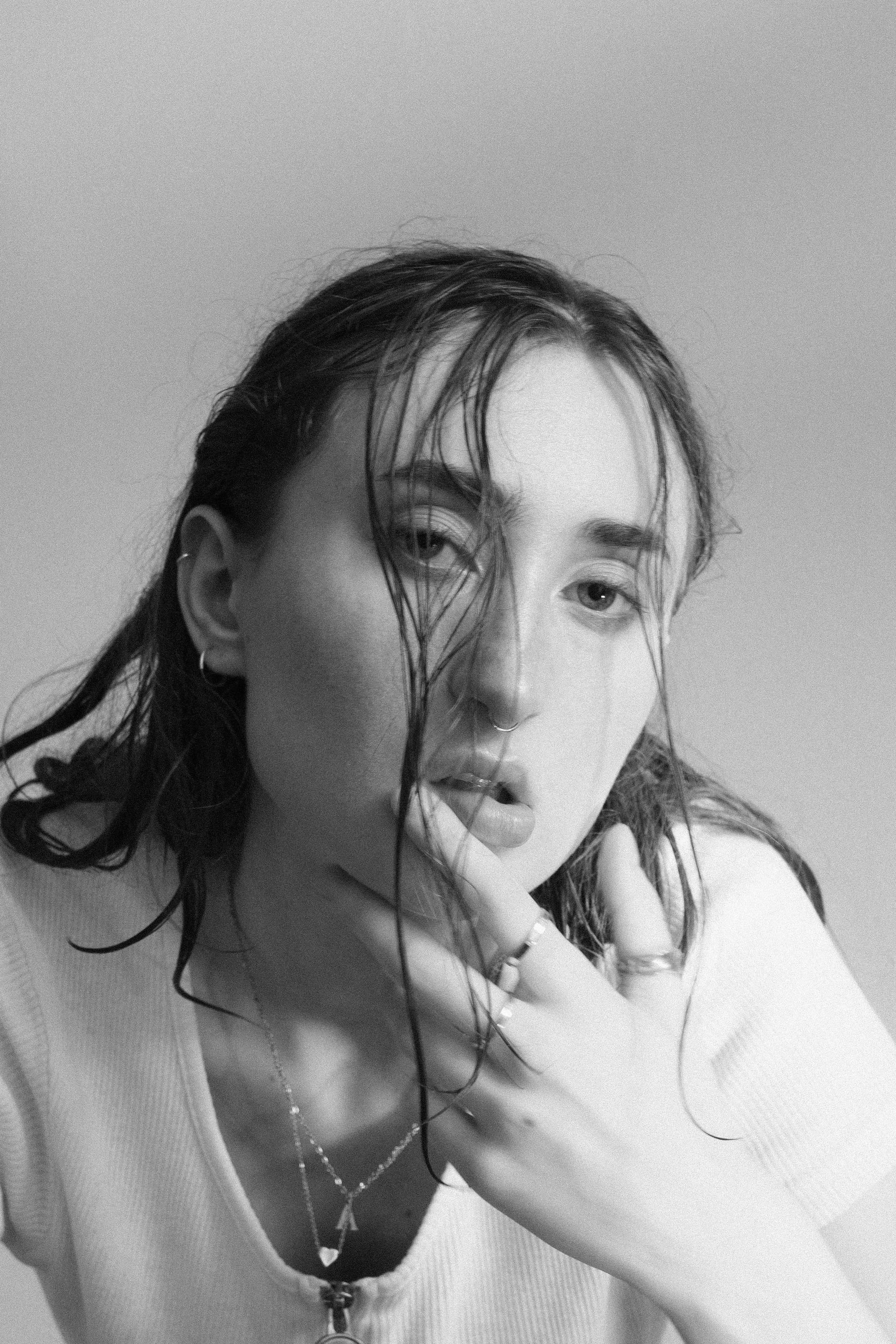
We can now hear how this potential would manifest in Where Do You Wanna Go?, nothhingspecial’s sophomore EP released mid-June. It is a far cry from the thin lo-fi sound before. Co-produced by Luis Nussbauer, the record is brazenly good in everything: sound, pacing, variety, and dramaturgy. It is 19 minutes of brilliance.
Nussbauer had a significant influence on the EP—he co-wrote two songs. «I was caught in a creative block. I couldn’t find any inspiration; I didn’t know what to write about. Luis invited me into the studio to experiment without pressure. I’d never experienced that before because I’d always written music on my own before, working for myself in the room,» Chrissie Kühl, aka nothhingspecial, reveals in an interview with Negative White.
The collaboration brought her music closer to the envisioned state. «He was able to realise my wishes and visions better straight away. I used to lack that a bit, for example, with the first EP. I often had a vision of the sound but not yet the ability to realise it. I had never learnt how to produce properly.»
There’s a difference between
Who I am and who I wanna be
I will treat it as a motivation
Not an enemy
The EP’s curtain lifts with the title-giving Where Do You Wanna Go?, and the dark bassline already foreshadows the mood.
Here, she already lets us in on the secret of what gives her songs an edge: a seamless blend of captivating melodies and thoughtful lyrics. The title track boasts a subdued vibe, à la bad guy by Billie Eilish, but repeatedly explodes in a guitar-driven fever.
The second song, howling, roams further into indie-rock territory. Again, the verses remain reduced, almost depressingly sombre, but then—like the first rays of sunshine after a grey day—the composition opens up, full of colours and anticipation. It is pure liberation.
This seems even further than it might,
Even further than it might be.
But don’t you miss it,
’Cause it’s always by your side
And it’s always gonna be.
As the EP’s centre point, catacombs pushes the indie-rock ambience even further: a pressing and urging rhythm, paired with a velvety voice. The song perfectly amalgamates the lyrical melancholy and pop-esque euphoria.
After the crescendo of catacombs, we get a slower track to calm down. Here stands I know you, featuring a full sound that is layered and complex but not overwhelming. The sound wraps around you like a warm blanket on a cold winter’s night. And we are ready for the reverbing clouds, a beautiful ballad mainly highlighting a guitar and whispering vocals—a perfect landing.
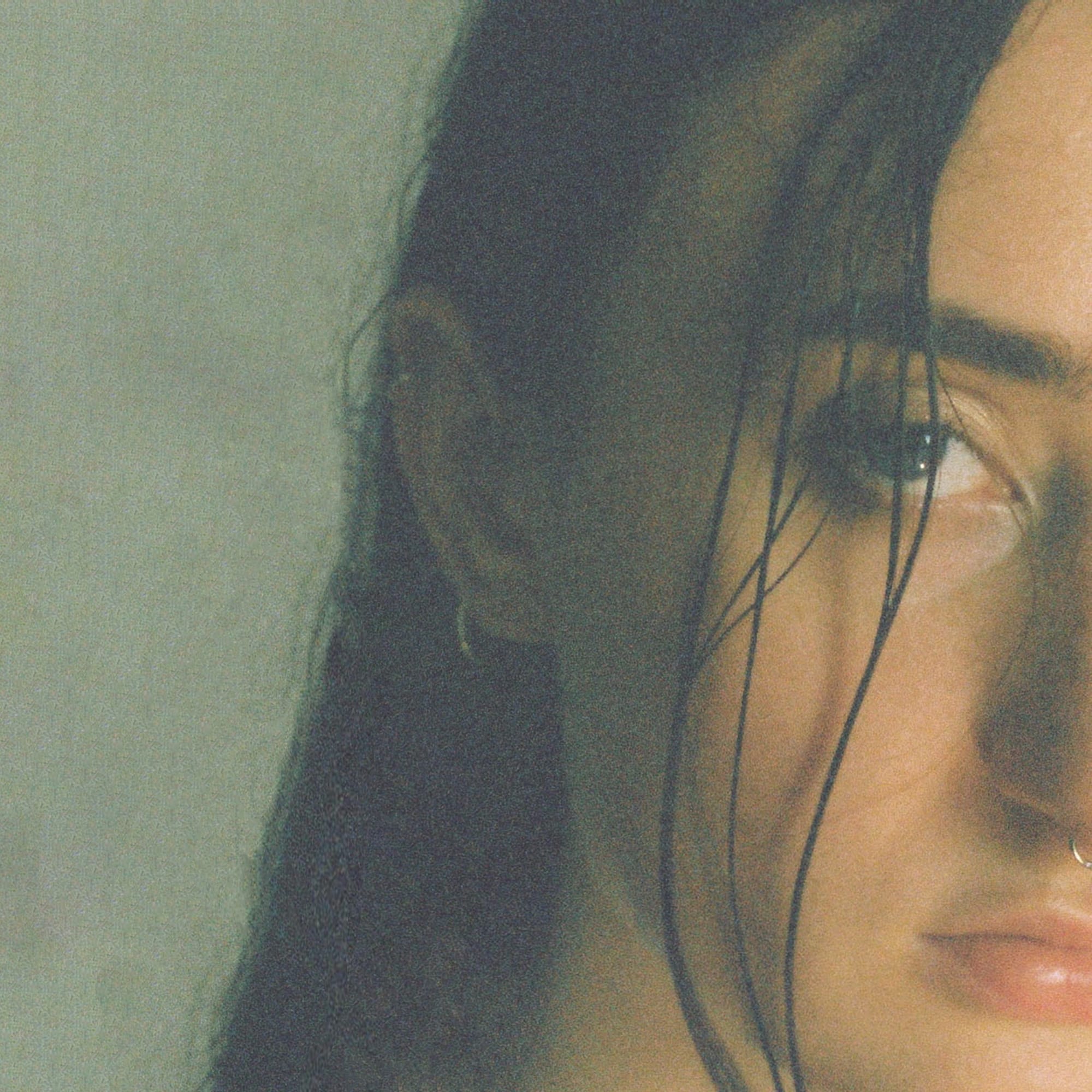
The combination of catchy hooks and a melancholy feel is en vogue. In Germany, an array of artists are amongst a wave branded «Neue Neue Deutsche Welle,» a revival of the country’s equivalent of new wave and post-punk sounds.
However, chasing trends was never Chrissie Kühl’s intention. Instead, she refuses even the notion of calling it a trend: «Music is often a snapshot of the current times, it reflects the state of society. It’s certainly not black and white but multi-layered. Many artists make simple, easy, fun music, which is also justified. At the same time, though, our thoughtfulness has increased due to topics such as war, climate change, and other things that frustrate us as young people. Music is a tool to express yourself, to let off steam.»
But for Kühl, her music primarily mirrors her personality and taste. «My lyrics reflect my thoughts. I’m a thoughtful person; I rack my brains, and you can hear that in the songs.»
Listening to a lot of chart music, she soaked up the simple pop structures and catchy melodies. Bands like OneRepublic or Florence + The Machine shaped her, later came in metalcore and emo rock bands like Fall Out Boy. Then even new wave and post-punk legends like Joy Division. These wide-ranging inspirations leave apparent traces on the second EP.
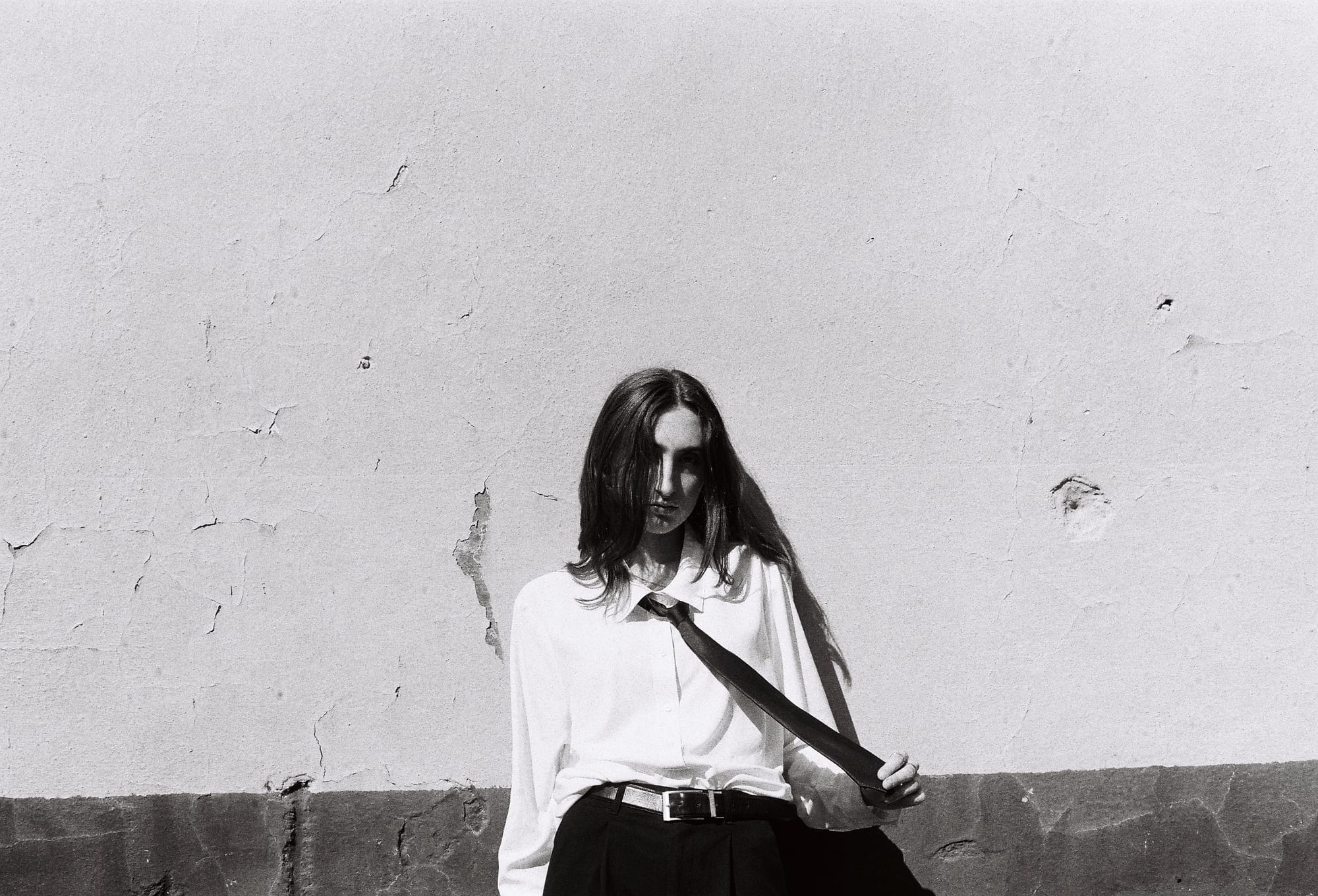
Then again, Where Do You Wanna Go? isn’t simply a collection of the artist’s influences but a chapter in an ongoing journey of self-discovery.
Reflecting on a more collaborative approach for the EP, she admits that inviting other people into her creative process was a huge adjustment. «Sitting in the studio with a 30-40-year-old man and learning to communicate my wishes and make compromises was extremely difficult because I had to give up control to a certain extent. Suddenly, I’m working on my song with others; they may have different visions, ideas or tastes. It’s not easy to find a common denominator.»
Initially, other people’s inputs and opinions often unsettled her. Yet, she learned to trust her gut feeling with time: «There were many moments when I had to assert myself, for example, with Where Do You Wanna Go?, the EP’s title track. We produced it four or five times. The first version was by me, then with a producer from Düsseldorf. But this version sounded completely different, and I realised it wasn’t going in the right direction.»
Kühl decided to produce the song again with someone else. «That conversation, saying, ‹I know we’ve put seven days of work into this, recorded everything, produced everything, you mixed it, but I want to do it again›, was tough.»
«Of course, your gut can often be wrong, and then it’s helpful to listen to the opinions of others. They’re not nasty comments or tips, on the contrary. I appreciate the feedback, but when it’s only about taste, I had to say: Hey, this is my song.»

«It’s still strange to share such intimate and personal thoughts, to give others access to your inner self.»
Growing confidence as a musician aside, the songwriting also waited with realisations for Chrissie: «For songs like howling, I dived much deeper into my conscious and subconscious again and discovered my passion for metaphorical writing.»
And even older works like clouds, written at the age of 17, held lessons: «When I decided to record and produce it again, I realised I still feel connected to the song lyrically—maybe a little differently than when I was 17, but that still applies to my life. It was remarkable to see that I’m still dealing with the same issues as back then.»
You can feel the deep honesty in nothhingspecial’s lyrics in every song—an uncompromising openness, even when the message is coded in metaphors. And it all comes with vulnerability.
«It’s still strange to share such intimate and personal thoughts, to give others access to your inner self. These are things that you don’t just tell around. But with my music, I’m creating a place where it’s normal to talk about it and share these thoughts,» nothhingspecial says, but simultaneously admitting that it took a while to get there.
«I first posted my music, videos and cover songs on Instagram when I was 14 and was extremely scared to show people my voice or share who I am. It’s very vulnerable and very private.
But the more I did it, the more my inhibitions faded. I realised that many people resonate with it, giving them and me something. You realise that many people feel the same way, and then you finally have this tool to express yourself. Suddenly, there’s this platform where you can talk about anything.»
With inspiring authenticity, nothhingspecial circumnavigates every imaginable clichée of catchy pop music in Where Do You Wanna Go? and cultivates artistic depth.
So, if asked where nothhingspecial should go, I’d say: On and on and on.
The Beauty of Gemina Retrospective II: Disruption
Ahead of their 10th studio album, «Songs of Homecoming», we explore The Beauty of Gemina’s history, development, and sound in a three-part retrospective.
On November 23rd, 2012, my perception of The Beauty of Gemina was shattered into a million pieces. The cracks opened wide and revealed a new future for the sound. It was a tender revolution spearheaded by a single show.

As The Beauty of Gemina is about to release the band’s 10th album, Songs of Homecoming, I am listening to the previous albums again, revising firmly held opinions, and sharing past experiences with the band.
For this retrospective series, I went through old backup drives and folders and recovered some material that is no longer available online or has never been published.
 Negative WhiteJanosch Troehler
Negative WhiteJanosch Troehler
Returning from their acoustic show tour with the band Diary of Dreams through Germany, The Beauty of Gemina also played an acoustic show in Michael Sele’s home base, «Altes Kino Mels».
By then, Negative White was already in full swing, and my brother Nicola and I drove to this small city lying in the shadows of towering mountains. It was the landscape that inspired Sele to write Suicide Landscape.
Grew up in this shadowland
With a Suicide Landscape
Where the black birds are singing
Where the black birds are falling down
We arrived around 5 p.m. while the band was undergoing soundcheck. We immediately started documenting everything for a backstage report that would be published, unlike the first attempt at «Z7» three years prior.
The band and crew are extremely focused. There is tension in the air. The old cinema is often a rehearsal room for the band, and many memories are revived here. That’s why perfectionism goes down to the smallest detail when choosing the microphone: «Doesn’t the other one sound a bit better?»


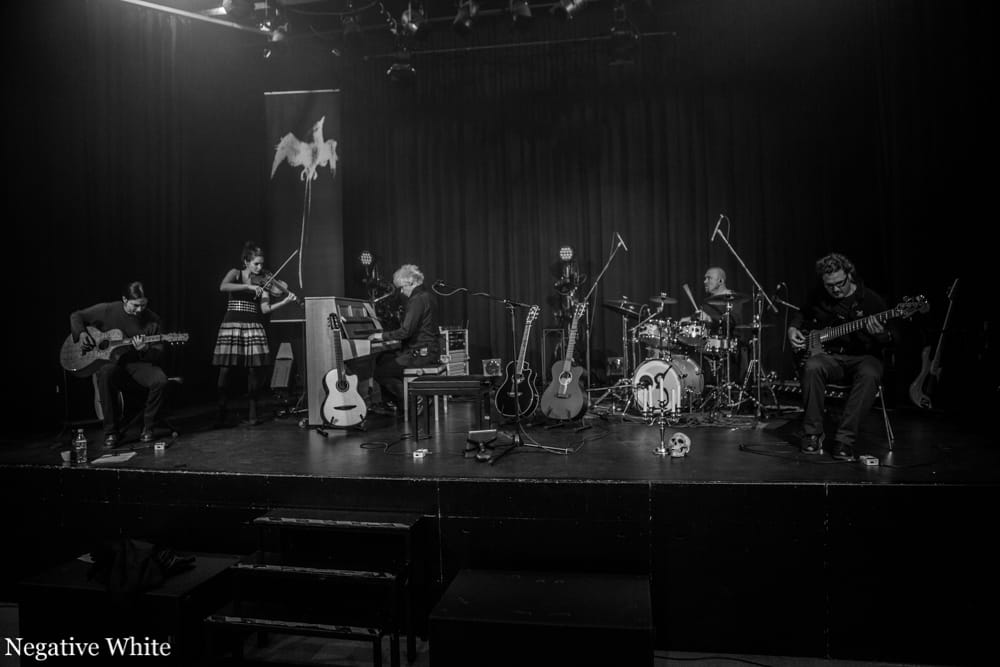


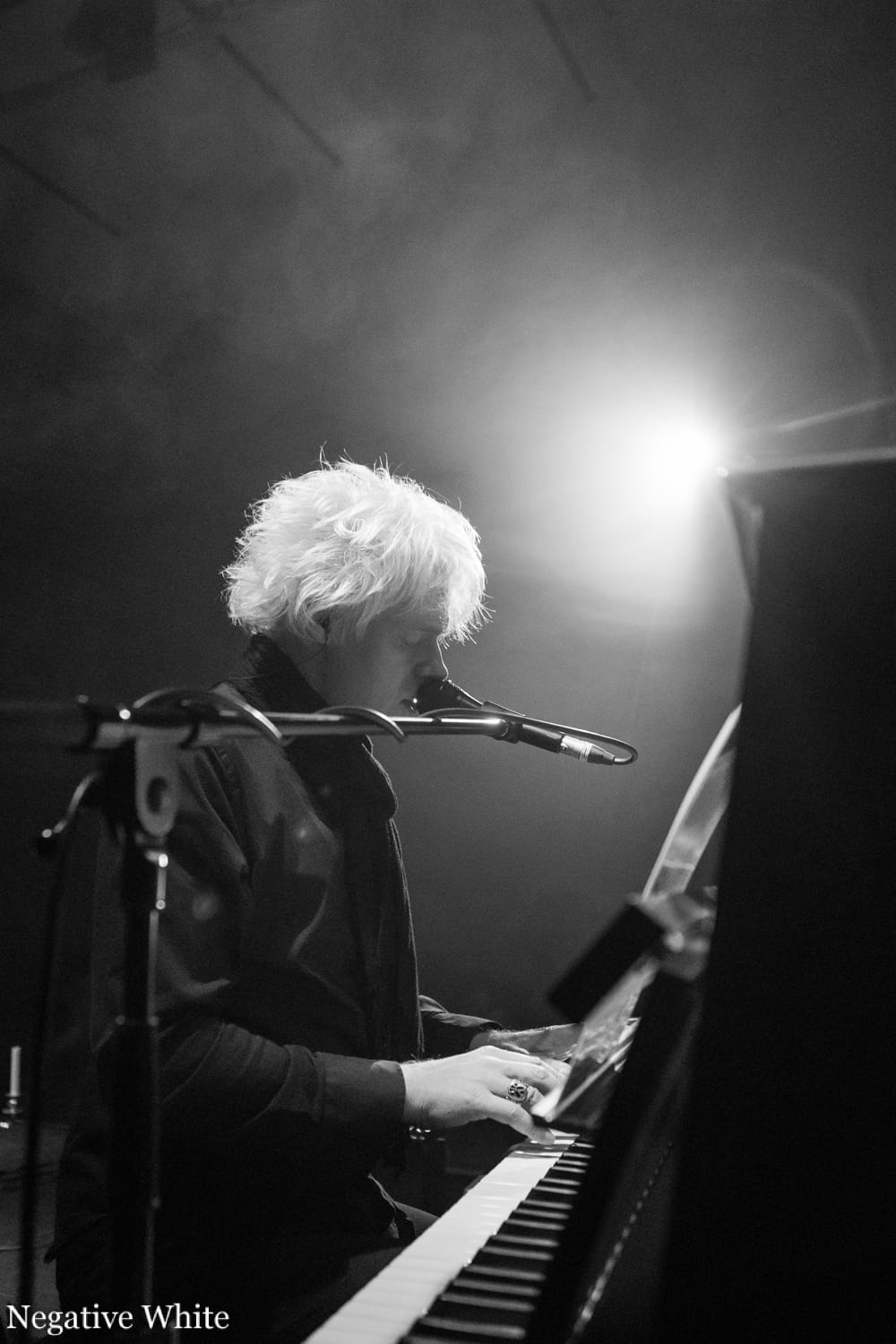
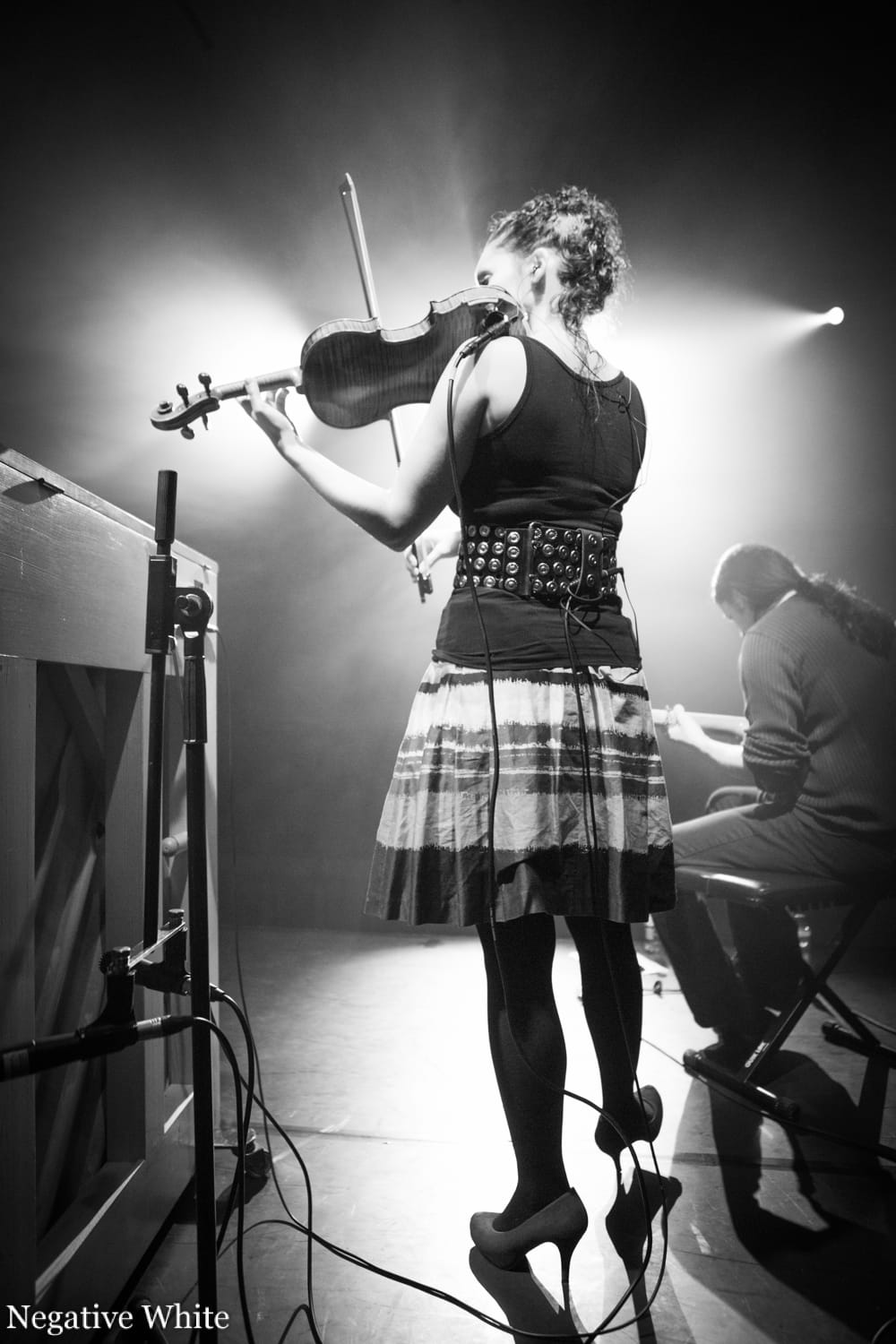
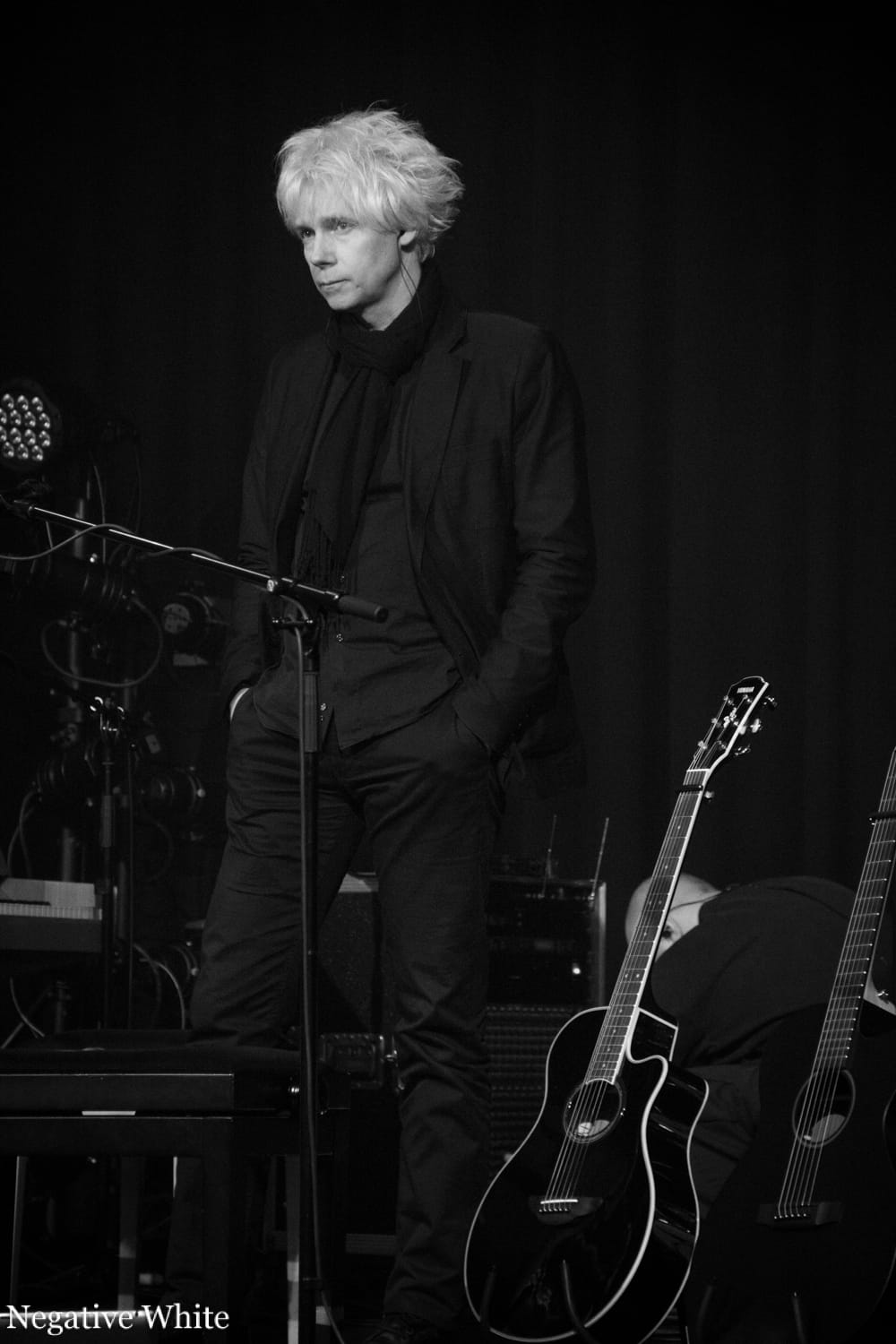
Photos: Nicola Troehler
The concert then marked a significant change for The Beauty of Gemina and everybody familiar with the band. It was an experience beyond what words can express. It was nothing short of a reinvention, a rebirth of their music, their sound. The band intentionally or accidentally shattered their image and trajectory into pieces.
Golden Age trots away, drawing the concert onwards with feather-light leaps and unusually bright sounds. This is followed by Hunters, an unconventional and, above all, very unwieldy piece of music from the debut Diary of a Lost. In the acoustic adaptation, it approaches with heavy, pounding piano steps. The hunter approaches slowly, but there is still no escape! Where rock shows are characterised by a virtuoso guitar solo, a long instrumental now captivates. Even now, the fear that the song conveys can stretch its cold, thin fingers into the room.
The musicians on stage are experts, and violinist Rachel’s stress has evaporated. The fresh guise of the songs makes the concert particularly exciting and varied. It’s as if you’re seeing the band for the first time and don’t know what’s coming.
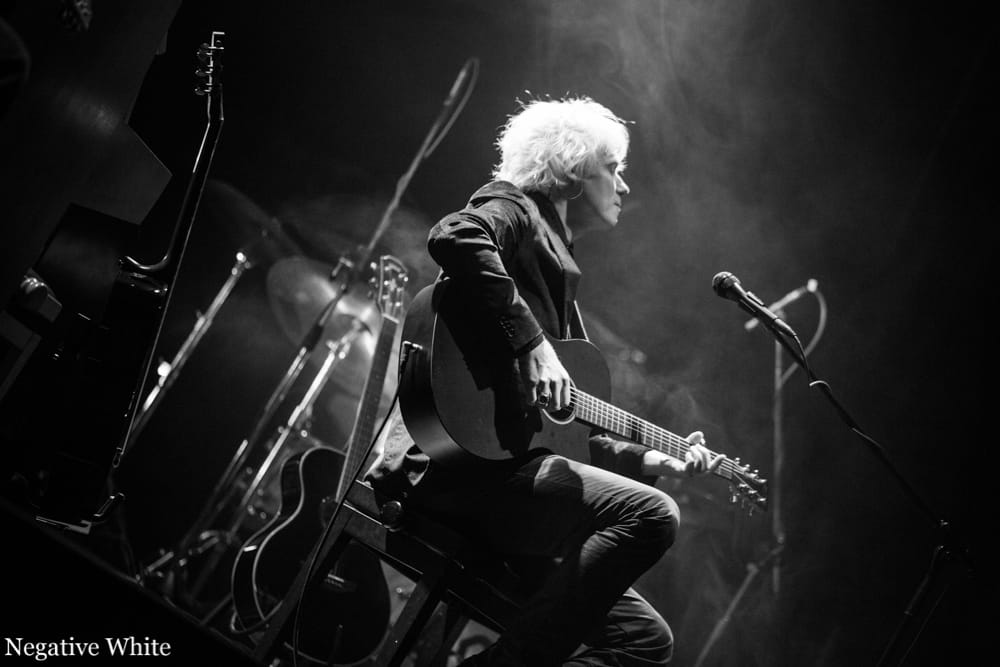
However, what was foreshadowed by this acoustic concert should grow into a full-blown disruption culminating in The Myrrh Sessions, the album with acoustic interpretations released in February 2013. Even today, this album is phenomenally good with this one flaw I already pointed out in the initial review: The already acoustic-heavy Stairs is an unnecessary addition to the otherwise flawless record.
Otherwise, I still stand by my conclusion:
The Beauty of Gemina Retrospective I: The Goth Years
Ahead of their 10th studio album, «Songs of Homecoming», we explore The Beauty of Gemina’s history, development, and sound in a three-part retrospective.
The Beauty of Gemina. It is the band I have seen the most on stage. And I have interviewed their creative nucleus, Michael Sele, eight times in the past 16 years. Ever since I heard their song Shadow Dancer on a compilation CD bought in 2008, they have remained a source of fascination.
In recent years, this platonic relationship between The Beauty of Gemina and myself cooled off slightly. As the band is about to release their new album, Songs of Homecoming, I decided to listen to all of their albums again as unbiasedly as possible, revise firmly held opinions—and stroll down memory lane and share past experiences with the band.
For this series, I went through old backup drives and folders and recovered some material that is no longer available online or has never been published.
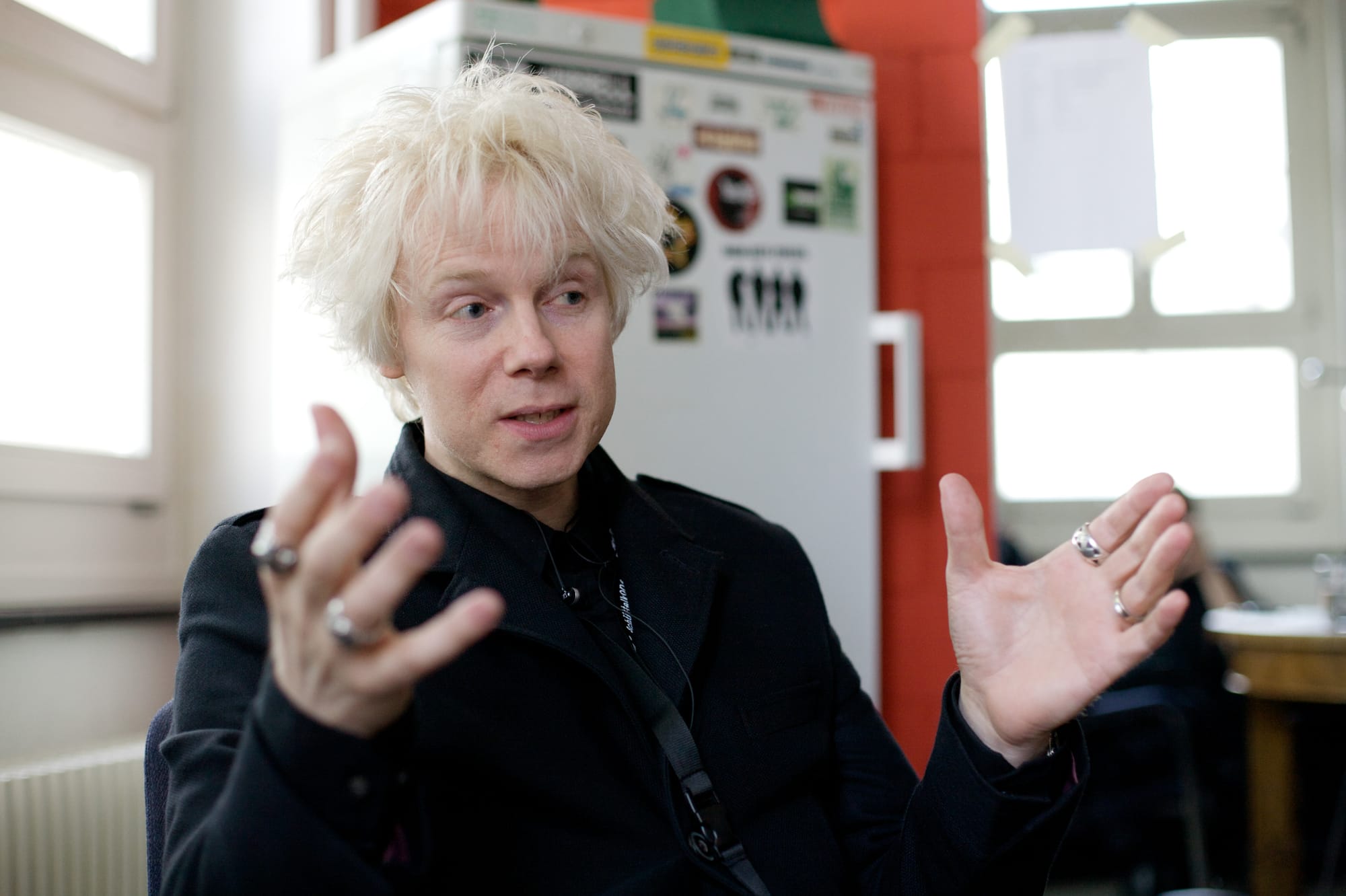
I was writing short artist biographies for Cornelius Fischer, then a concert photographer, who captured many bands in the goth subculture. One day in Spring 2009, he asked me if I would like to interview Michael Sele and The Beauty of Gemina’s new bass player, David Vetsch, for an online magazine called «imScheinwerfer».
At the «Kammgarn» in Schaffhausen, Switzerland, I met the band for the first time, having never conducted an interview before. And suddenly, this fabled world opened up. I was granted access to the exclusive—and, as I soon realised—very boring—backstage area. But for the time being, everything was new and exciting—like the first day at school. Even the soggy pasta for dinner tasted great.

The interview is no longer online, but I found it printed out and stored in a folder.
«Panic overwhelmed me and I thought I would die»
Swiss synth-pop artist THYMIAN opens up about the traumatic experience processed in his new EP «White Knuckled».
Dramatic—that is the meaning of «white knuckled». The interpretation is still fitting, but for THYMIAN, it was the literal description of the knuckles turning white when grabbing something really tight. In his case, grabbing on to life.

Finding Nemo: Switzerland’s Ignorance of Non-binary People
Nemo’s victory at the Eurovision Song Contest with «The Code» highlights Switzerland’s lagging progress in acknowledging non-binary people.
On May 12, shortly after midnight, Swiss musician Nemo won the Eurovision Song Contest 2024 in Malmö, Sweden. The winning performance, achieved with the song The Code, was Switzerland’s third win after a long drought since 1988.
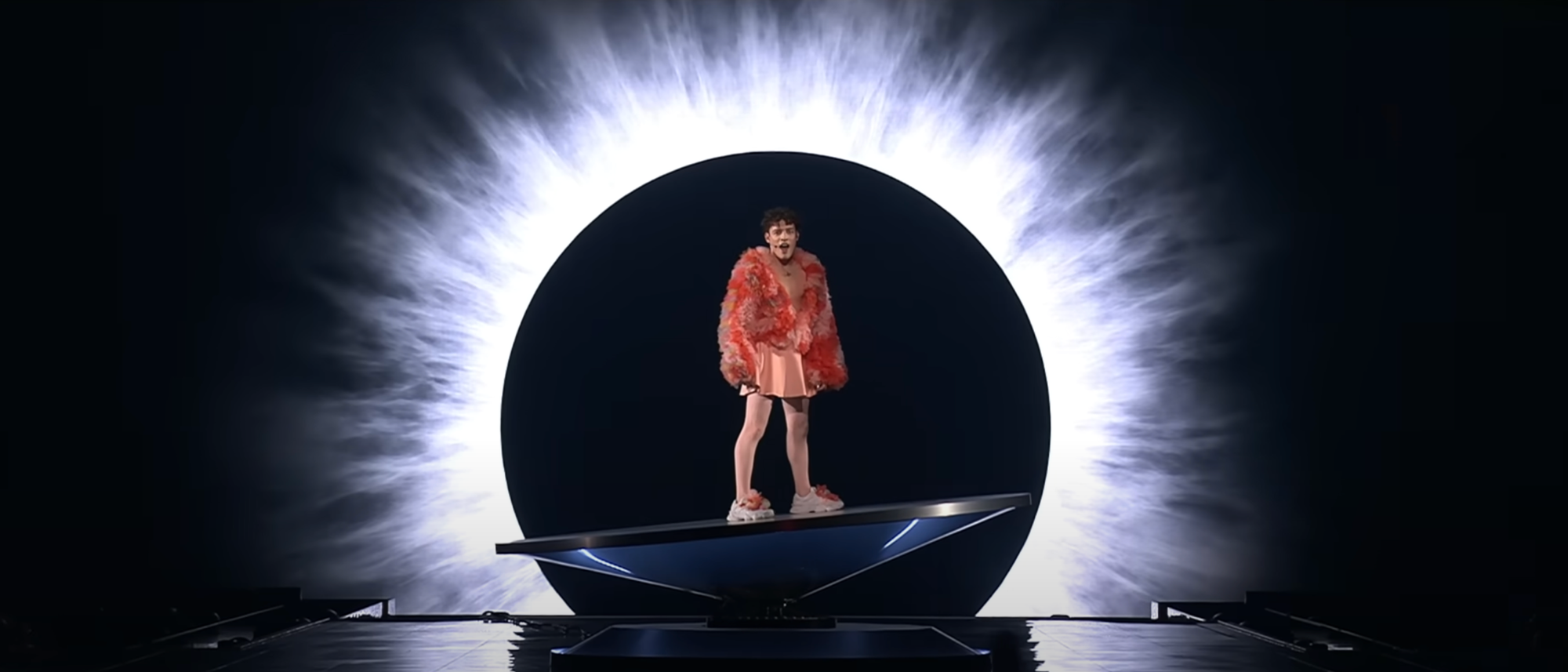
Nemo Mettler (24) gained mainstream success in 2017 as a rapper with Swiss-German lyrics. The song Du gained platinum status—there was no way around the up-and-coming artist.
One can question Eurovision’s artistic value. It is mainly an entertaining spectacle, but Nemo’s The Code was one of the few truly interesting songs performed.
But Nemo’s triumph—thanks to overwhelming success with the juries and the public vote—is not the centre of this story. Nemo also represents a premiere for Eurovision: It is the first time a non-binary person has won. And it puts Switzerland politically in an awkward position.
Switzerland’s Federal Council Against A Third Gender
The Fake Kind of Vinyl
AI-generated music takes away attention and revenue from real musicians. It's a problem.
Vinyl—celebrating a small but persistent comeback in recent years—is a soothing alternative to the hyperactivity of streaming services. Not only is it arguably a more conscious consumption of music, but also a welcome deterrent to AI-generated trash.
The vibrant culture around the big black discs is alive and well, as I once again experienced when visiting the local record store on «Record Store Day» past Saturday.
However, on the opposite spectrum, there is the all-availability of streaming, battling yet another big enemy besides the non-functioning business model: AI-generated music.
Last week, I stumbled over this "artist" called Obscurest Vinyl, pumping out song after song since the beginning of April.
